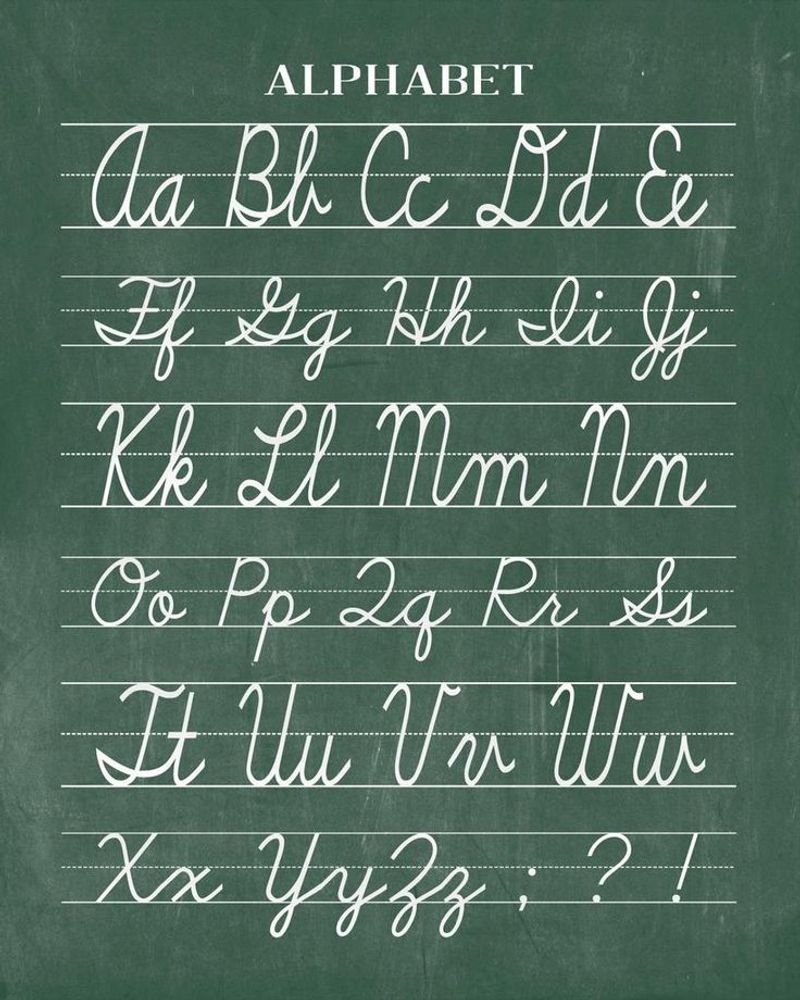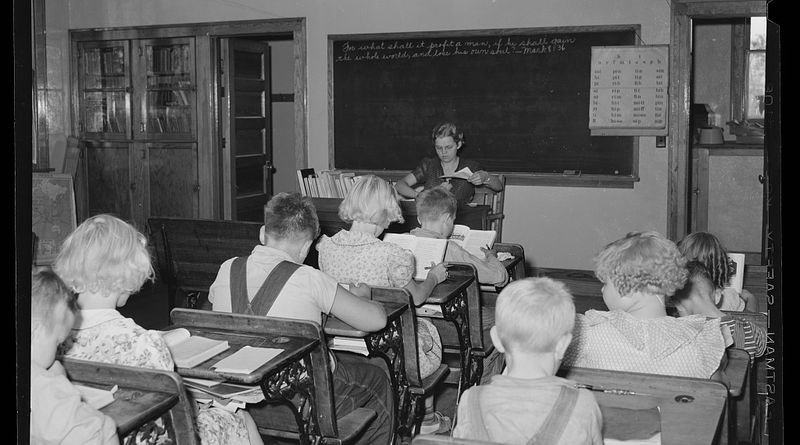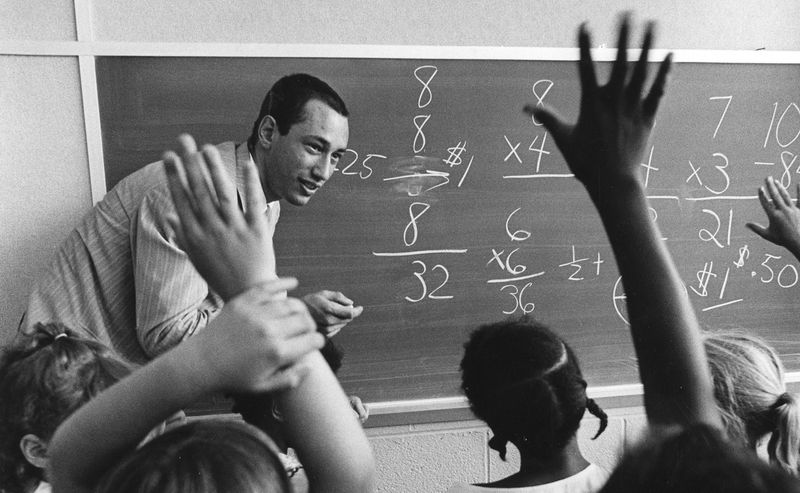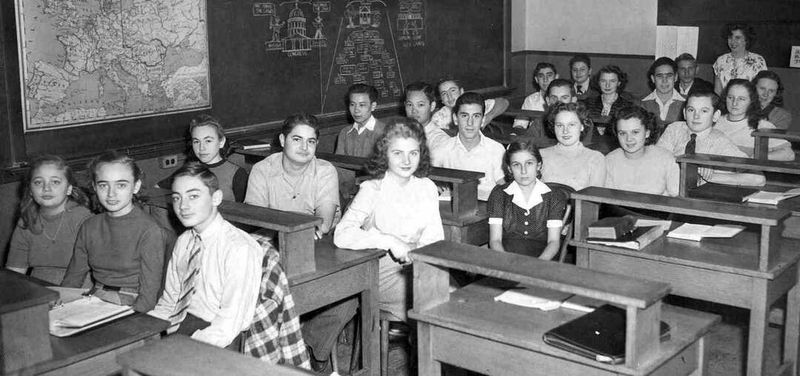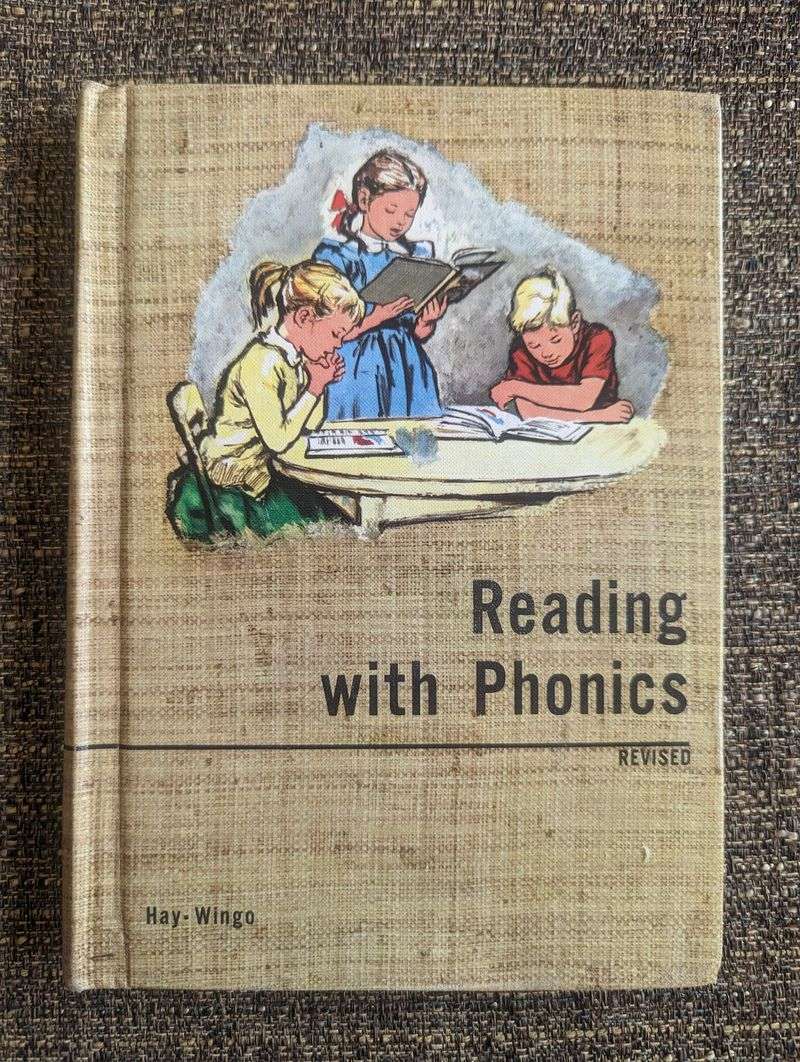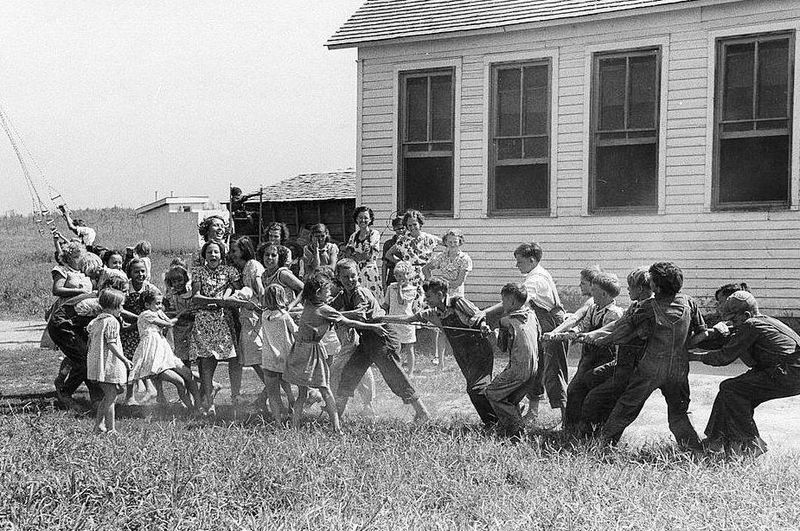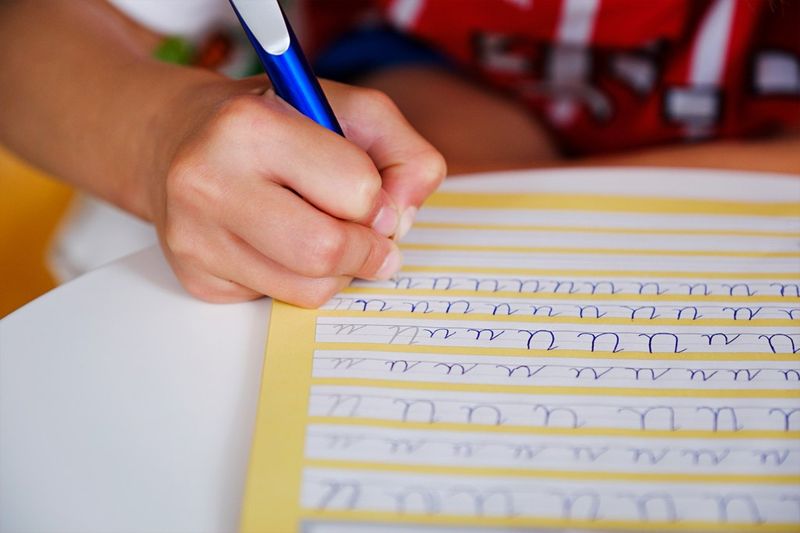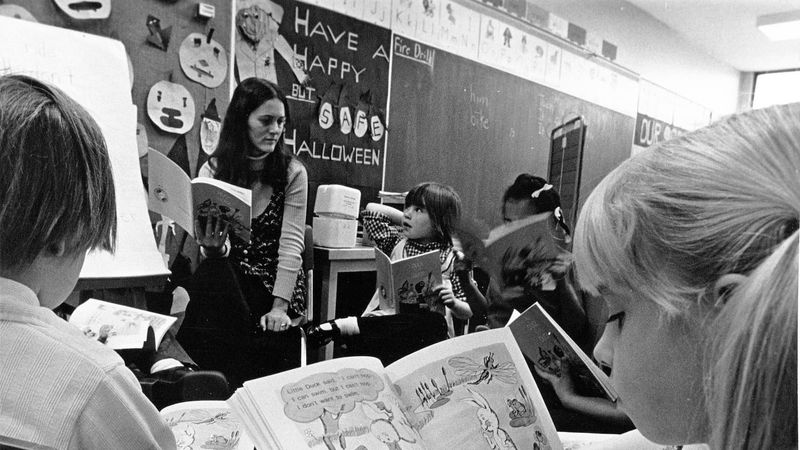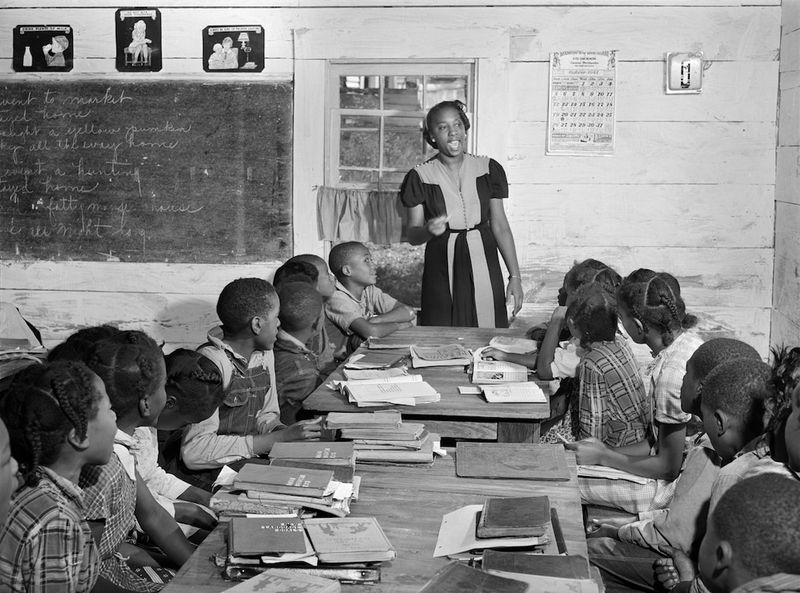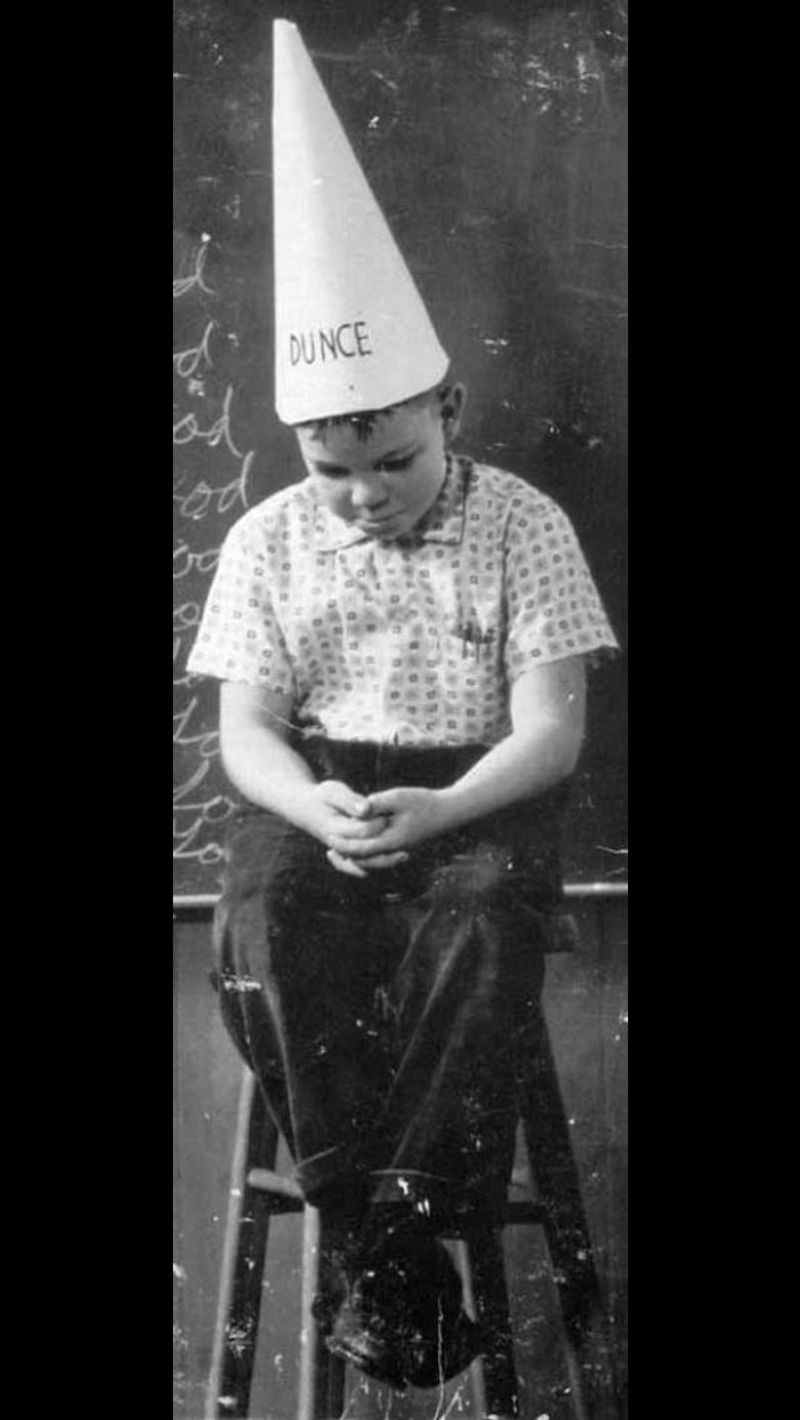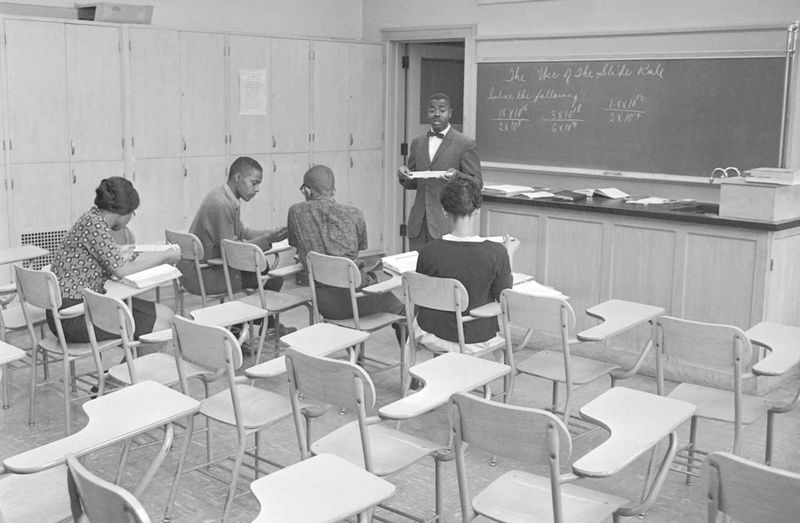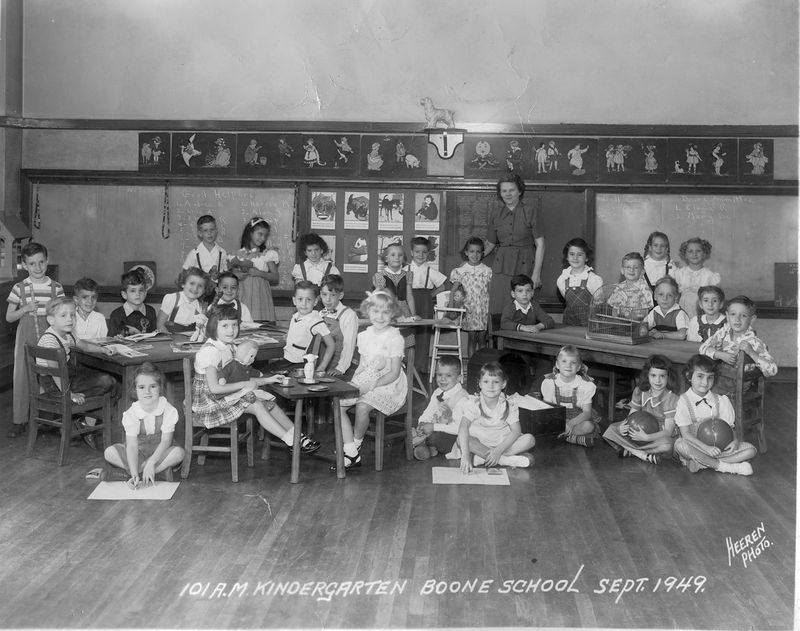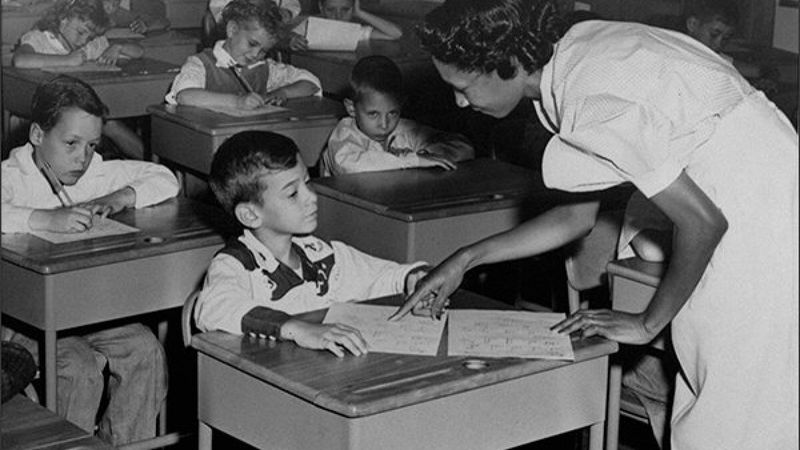Relive the golden era of education with these 17 time-tested school methods from the 1960s. From cursive writing to field trips without waivers, these techniques not only equipped students with essential life skills but also fostered a rich learning environment. Discover how these approaches can still offer valuable lessons for today’s educational challenges.
1. Cursive Writing – The Lost Art of Penmanship
In the ’60s, every student mastered cursive writing, an elegant art often lost today. Cursive not only enhanced penmanship but also improved fine motor skills and patience. The graceful loops and swift strokes encouraged mindfulness and attention to detail. Today, the decline of cursive means many struggle even to sign their names legibly. This skill was about more than just writing—it was a lesson in perseverance and pride in one’s work. The tactile feedback of pen on paper cannot be replicated by typing on a keyboard, making it a unique cognitive exercise.
2. Memorization Drills – No Googling Allowed
In the 1960s, rote learning was the norm—state capitals, times tables, and classic poems were etched into young minds. This rigorous memorization cultivated mental discipline and quick recall, an asset in any field. Unlike today’s reliance on digital searches, students developed the ability to retain and retrieve information instantly. While some argue this method was tedious, it undeniably built a solid intellectual foundation. The echoes of recited facts and figures were not just noise—they were the sound of learning.
3. No Calculators – Math Done the Hard Way
Before digital shortcuts, math required pencil, paper, and mental agility. In the ’60s, students tackled arithmetic head-on, without the aid of calculators. This approach honed their problem-solving skills and fostered a deeper understanding of mathematical concepts. Calculators served as a privilege, not a necessity, making each solution a triumph of intellect over convenience. Today, many are lost without a digital crutch, but back then, the satisfaction of solving an equation came from within. It was math in its purest form—challenging but rewarding.
4. Strict Discipline – Detention Meant Something
In a 1960s classroom, discipline was as much a part of the curriculum as any subject. Teachers had the authority to maintain order, using stern looks and firm words to keep students in line. Detentions were rare but meaningful, a genuine deterrent against misbehavior. Unlike today’s more lenient approaches, this strict discipline created an environment ripe for learning. Respect for rules and authority was instilled deeply, paving the way for classroom harmony. While harsh by today’s standards, this method ensured that students understood the consequences of their actions.
5. Shop Class & Home Ec – Real-Life Skills
Wood shavings flew and sewing needles clicked in the ’60s classrooms where boys and girls learned essential life skills. Shop class taught boys the intricacies of woodworking and auto repair, while girls honed their abilities in cooking and sewing in Home Economics. Though gender roles were distinct, each student left school equipped to tackle real-world challenges. These classes provided not just skills but confidence—an education extending beyond academia. Today, as practical knowledge wanes, this hands-on learning approach remains a testament to balanced education.
6. Phonics Over Guesswork – Reading Actually Taught
Children in the ’60s were taught to read by sounding out words phonetically, eschewing guessing games. This approach laid a solid foundation for literacy, resulting in higher reading proficiency than some modern methods. By understanding the sounds of letters and words, students approached reading with clarity and confidence. This method encouraged active learning, where each new word was a puzzle to solve. Unlike today’s debates over reading strategies, phonics delivered consistent results. It was more than just literacy—it was empowerment through education.
7. Recess – Twice a Day, Rain or Shine
Twice a day, rain or shine, kids in the ’60s took their learning outside. Recess was a sacred time for unstructured play, where imagination ran wild, and friendships flourished. This break from the classroom wasn’t just about burning energy; it was critical for social development and mental focus. Students returned to their studies refreshed and ready to engage. In a world increasingly dominated by screens, the simplicity of outdoor play holds timeless appeal. Recess was a joyful pause in the day, a time for laughter and discovery.
8. Cursive Handwriting – Wait, It’s Worth Mentioning Twice!
The art of cursive writing deserves a second mention, for its benefits extend beyond mere aesthetics. This practice was linked to improved memory and cognitive skills, providing a mental workout unlike any other. In crafting each letter, students engaged in an act of creation that nurtured their intellect. Cursive writing fostered patience, attention to detail, and a sense of accomplishment. As digital communication rises, the cognitive advantages of cursive remain a powerful argument for its revival. It was not just writing—it was a lifelong skill that shaped minds.
9. No “Teaching to the Test” – Learning for Learning’s Sake
In the ’60s, education was about exploration, not regurgitation. Teachers focused on in-depth lessons, free from the constraints of standardized test preparation. Learning was an adventure—concepts were explored fully, and curiosity was encouraged. Students were taught to think critically and understand deeply, fostering a genuine love of learning. Today, the pressure of test scores often stifles creativity, but back then, education was a journey, not a race. It was a time when learning was valued for its own sake, not merely as a means to an end.
10. One-Room Schoolhouse Mentality – Older Kids Helped Younger Ones
The ’60s retained the spirit of the one-room schoolhouse, where older students mentored younger peers. This approach fostered collaboration, responsibility, and empathy. Older students reinforced their understanding by teaching, while younger ones benefited from personalized attention. It was community learning at its best, where knowledge was shared and relationships were built. This dynamic environment encouraged students to learn from one another, breaking down barriers and building confidence. It was not just education—it was a lesson in kindness and leadership, a model for today’s inclusive classrooms.
11. The Dunce Cap – Public Shaming Worked (Harsh but Effective)
The dunce cap, a relic of strict discipline, reminds us of an era where accountability was non-negotiable. Though harsh by today’s standards, it served as a potent warning against misbehavior. Students understood the weight of their actions, knowing public consequences awaited. While the method may seem draconian now, it underscored the importance of responsibility and respect. This controversial tool was not just about punishment—it was a symbol of the era’s uncompromising standards. Today, as we seek balance, the lesson of accountability remains relevant.
12. No Cell Phones – Zero Distractions
In classrooms devoid of digital distractions, students of the ’60s engaged fully with their lessons. Without the lure of cell phones, focus remained on the teacher and the material. This environment fostered deep concentration and genuine interaction. The absence of constant notifications allowed for uninterrupted learning, encouraging students to develop patience and attention spans. Today’s technological temptations often fragment focus, but the ’60s taught the value of being present. It was a simpler time, where the classroom was a sanctuary of learning.
13. Grammar Matters – Diagramming Sentences
In the ’60s, grammar was dissected and diagrammed, a vital skill often neglected today. Students learned to break down sentences, mastering the intricacies of syntax and structure. This exercise honed their analytical skills and enhanced writing clarity. Diagramming sentences transformed grammar from a chore into a puzzle, sparking curiosity and understanding. The precision required cultivated meticulous thinkers, capable of crafting clear, eloquent communication. As grammar fades from focus, this method remains a testament to the power of structured learning.
14. Respect for Teachers – No Backtalk Allowed
In the ’60s, respecting teachers was paramount. Parents supported educators unconditionally, reinforcing the teacher’s authority. Disrespect was met with immediate consequences, a call home that carried real weight. This environment fostered a mutual respect, crucial for effective learning and classroom harmony. Today’s challenges in maintaining authority contrast starkly with this era, where respect was foundational. It was more than just rules—it was a culture of honor, where education thrived under the guidance of respected mentors. It was a partnership in education that set the tone for success.
15. Field Trips Without Waivers – Real-World Learning
Field trips in the ’60s were gateways to real-world learning, unburdened by endless paperwork. Students ventured to museums, farms, and factories, experiencing education beyond the classroom. These excursions sparked curiosity and provided context to theoretical knowledge, making learning tangible and vivid. Without the red tape, opportunities for exploration were abundant, fostering a sense of adventure and discovery. Today’s logistics often overshadow these experiences, but the ’60s embraced them fully, nurturing inquisitive minds. It was learning brought to life, a vibrant extension of classroom studies.
16. The Three R’s – Reading, Writing, ’Rithmetic
In the ’60s, the educational focus was clear: the three R’s were non-negotiable. Reading, writing, and arithmetic formed the backbone of learning, unclouded by trendy theories. These core subjects equipped students with essential skills, preparing them for life’s challenges. The emphasis on fundamentals ensured a solid foundation, enabling students to thrive academically and personally. Today’s educational experiments often overshadow these basics, but the ’60s remind us of their enduring importance. It was an era where clarity and simplicity reigned, a testament to tried-and-true methods.
17. Failure Was an Option – And a Lesson
In the ’60s, failure wasn’t feared—it was a teacher in its own right. Students learned resilience and perseverance through setbacks, with no grade inflation or endless retakes. Failing a year meant repeating it, a chance to truly grasp the material. This approach built character and instilled a work ethic, preparing students for life’s inevitable challenges. Today’s emphasis on success often overlooks the lessons failure can teach. The ’60s recognized its value, making it an integral part of the educational journey. It was a lesson in determination and growth.

